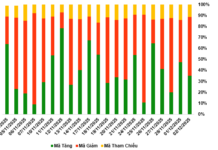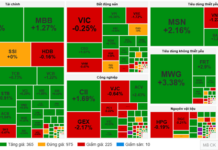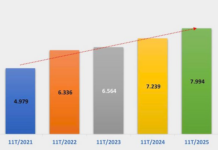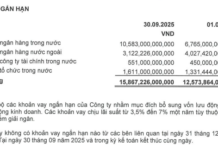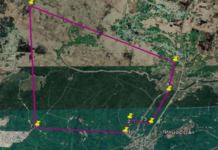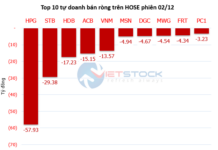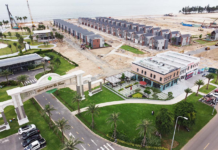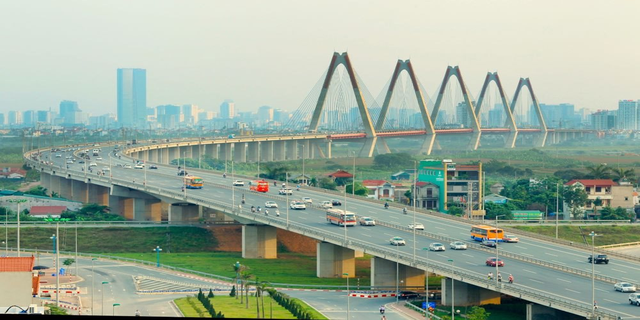
Illustrative image
According to World Bank data, in 1993, Vietnam’s average income was only higher than Myanmar’s ($70). At that time, the Philippines’ average income was approximately $920, five times higher than Vietnam’s. Cambodia’s average income was around $300, twice that of Vietnam.
However, by 1997, Vietnam’s average income surpassed Cambodia’s. In 1997, Vietnam’s average income reached approximately $350, while Cambodia’s was around $310. Thus, Vietnam’s average income overtook Cambodia’s after just four years, despite being only half of Cambodia’s in 1993.
By 2020, Vietnam’s average income had also surpassed the Philippines’. In 2020, Vietnam’s average income was approximately $3,400, compared to the Philippines’ $3,350. Consequently, Vietnam’s average income exceeded the Philippines’ after 27 years, having been only one-fifth of the Philippines’ in 1993.
Across Southeast Asia, Vietnam’s average income has shown significant changes from 1993 to 2024.
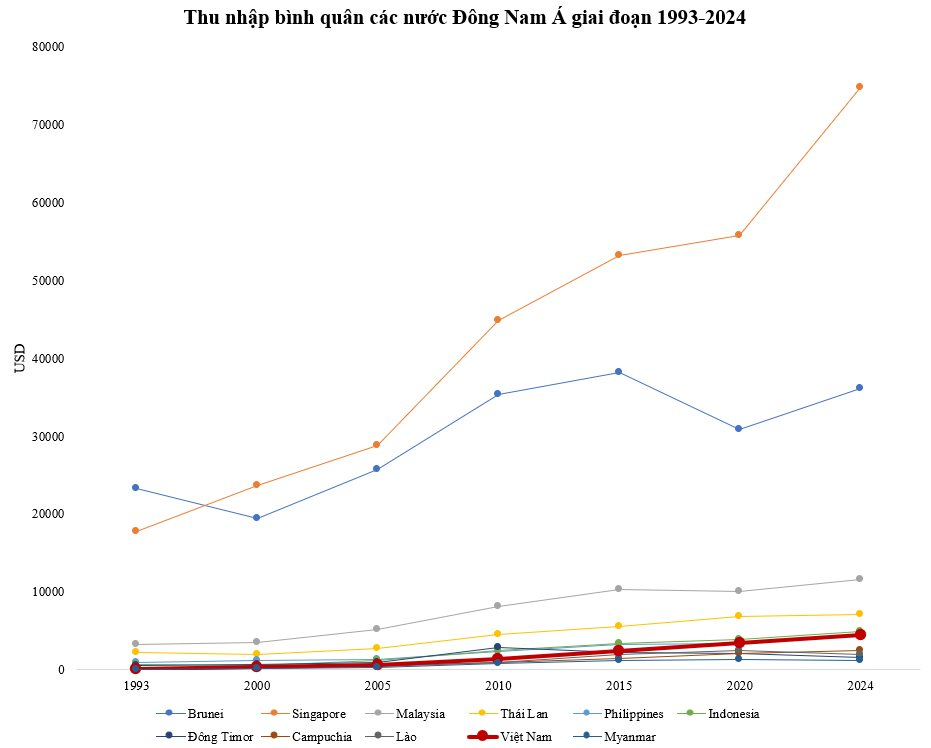
Average Income in Southeast Asian Countries (1993-2024)
In 1993, Vietnam’s average income ranked 10th out of 11 countries in the region, only higher than Myanmar’s ($70). From 1993 to 2024, Vietnam’s average income surpassed the Philippines, Myanmar, Cambodia, and Laos, ranking 6th out of 11 countries.
Currently, Singapore, Brunei, Malaysia, Thailand, and Indonesia still have higher average incomes than Vietnam. Their average incomes are 16 times, 8 times, 2.5 times, 1.5 times, and 1.1 times higher than Vietnam’s, respectively.
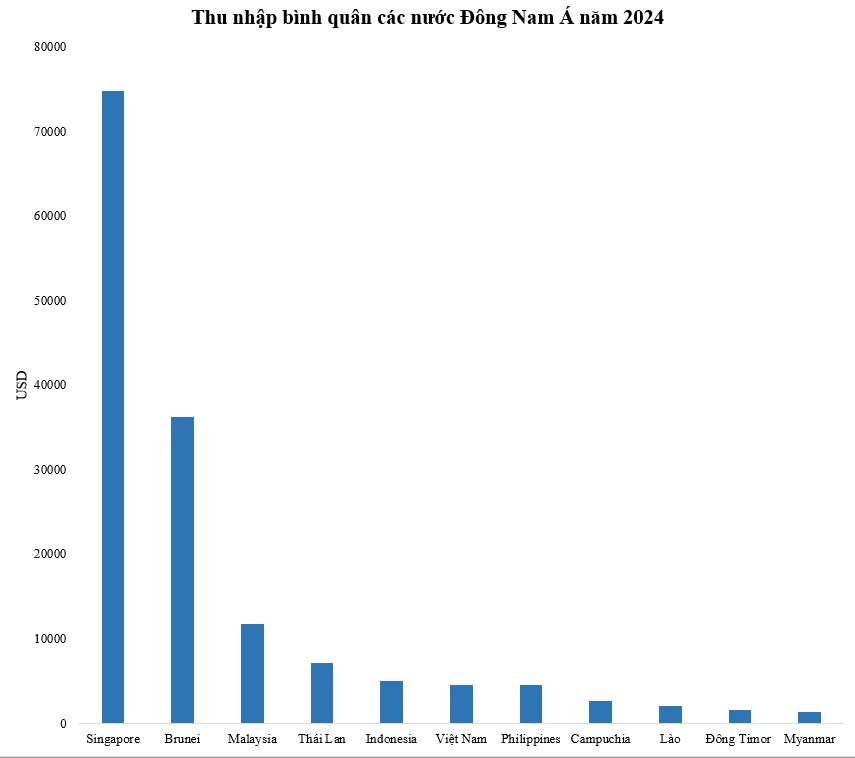
Average Income in Southeast Asian Countries (2024)
After 32 years of development, Vietnam’s average income has increased from $170 in 1986 to $4,490 in 2024.
Over 35 years, Vietnam’s average income has grown nearly 26.7 times. Other countries have also improved but at a slower pace: Cambodia (8 times), Indonesia (7 times), Laos (7 times), the Philippines (5 times), Singapore (4 times), Thailand (3 times), Malaysia (3 times), East Timor (3 times), and Brunei (2 times).
According to the Government’s Portal, with the current average income, Vietnam could join the upper-middle-income group before 2030 if it avoids the middle-income trap.
However, global experience shows that most countries reaching this threshold experience slowing growth, structural economic issues, and challenges in finding definitive solutions.
Additionally, economies face issues like aging populations, social welfare, environmental degradation, and resource depletion. As a result, only a few countries escape the middle-income trap to become high-income nations.
According to Prof. Phạm Hồng Chương, of the 101 middle-income countries in the 1960s, only 13 became high-income by 2008. To turn aspirations into reality, Vietnam must continue its successful 30-year path: developing a modern market economy and integrating internationally.
Dr. Fred McMahon of Canada’s Fraser Institute believes that leveraging economic infrastructure will boost per capita income, productivity, and growth. Vietnam’s advantage lies in its robust 6% average growth over the past decade, while wealthier nations slow down. Although countries like Indonesia, Malaysia, the Philippines, and Thailand are catching up, they “fade” as they fail to improve economic freedom.
In 2025, the Government aims for 8% GDP growth, targeting double-digit growth in subsequent years. The goal is to become an upper-middle-income country by 2035 and a high-income country by 2045.
According to the World Bank’s latest standards, countries with average incomes below $1,145 are low-income, $1,146–$4,515 are lower-middle-income, $4,516–$14,005 are upper-middle-income, and above $14,005 are high-income.
Deputy Prime Minister Nguyễn Chí Dũng stated that Vietnam must achieve double-digit growth (10% or higher) in the next 20 years to become a high-income country.
Prof. Trần Thị Vân Hoa of the National Economics University emphasizes that Vietnam aspires to move from lower-middle-income to high-income by 2045. This is challenging amid comprehensive administrative restructuring, institutional and technological revolutions, and global trade tensions. Key solutions include perfecting institutions, developing infrastructure, boosting private sector growth, attracting high-quality foreign investment, and embracing digital transformation and high-tech industries.
Vietnam’s Hidden Treasure: A Central Province Holds 80% of a Global Coveted Resource Beyond Rare Earths
Vietnam harbors a treasure that the world covets—a vibrant tapestry of culture, breathtaking landscapes, and unparalleled hospitality. From the lush terraces of Sa Pa to the ancient charm of Hoi An, and the bustling energy of Hanoi, every corner tells a story worth exploring. Its cuisine, a symphony of flavors, captivates palates globally, while its resilient spirit inspires admiration. Vietnam isn’t just a destination; it’s an experience that leaves an indelible mark on all who encounter it.
Official: No Personal Income Tax for Earnings Below 17 Million
The Standing Committee of the National Assembly has agreed to implement the new tax calculation period starting from the 2026 tax year, ensuring alignment with the upcoming amendments to the Personal Income Tax Law.
Record-Breaking Progress: EVN’s $320 Million Project Spanning 4 Provinces Sets New Benchmark
On the morning of October 17th, according to the Government’s Electronic Information Portal, Deputy Prime Minister Hồ Đức Phước attended the inauguration ceremony of the 500kV Lào Cai – Vĩnh Yên transmission line project. This critical project, a national key initiative, is spearheaded by the Vietnam Electricity Group (EVN) as the primary investor.

